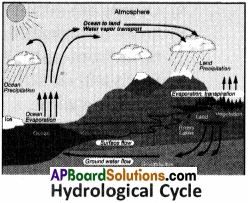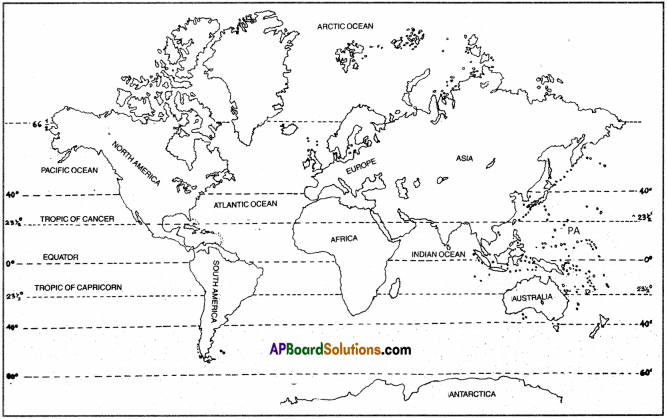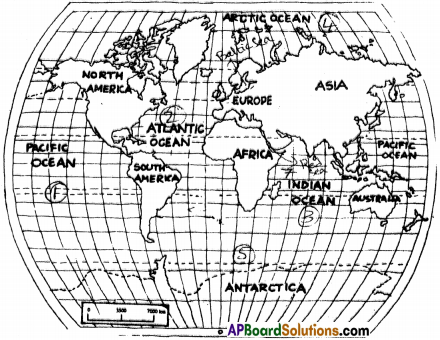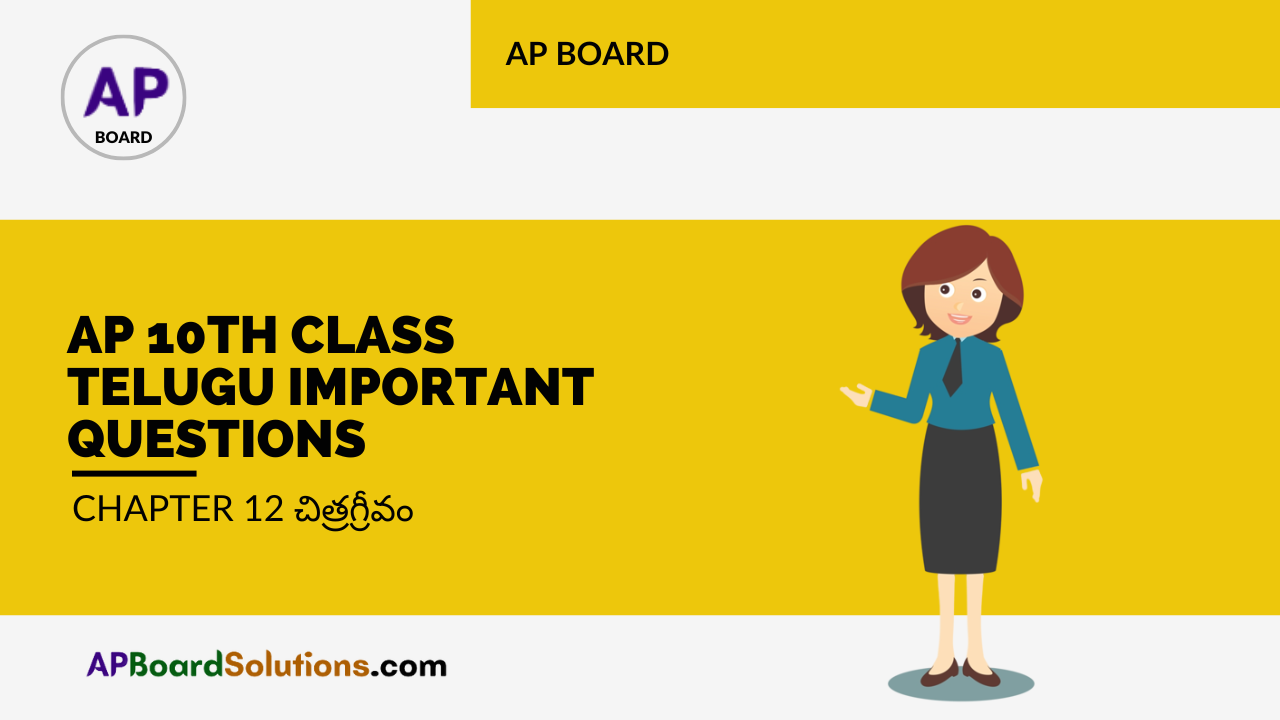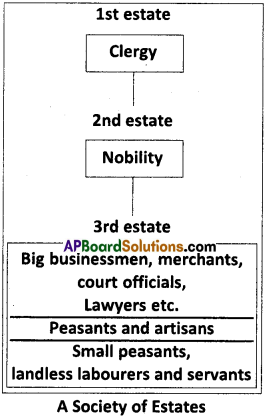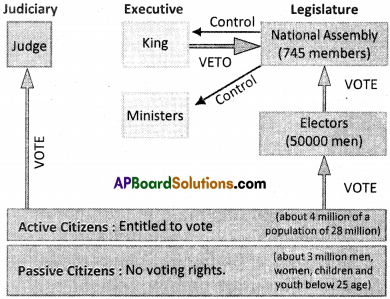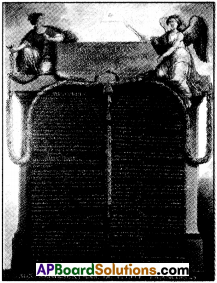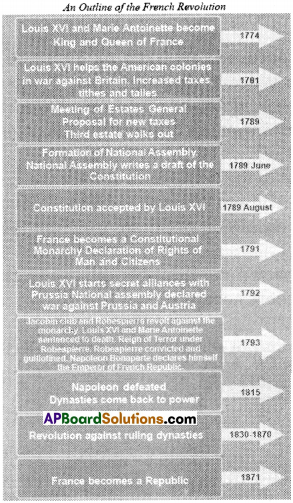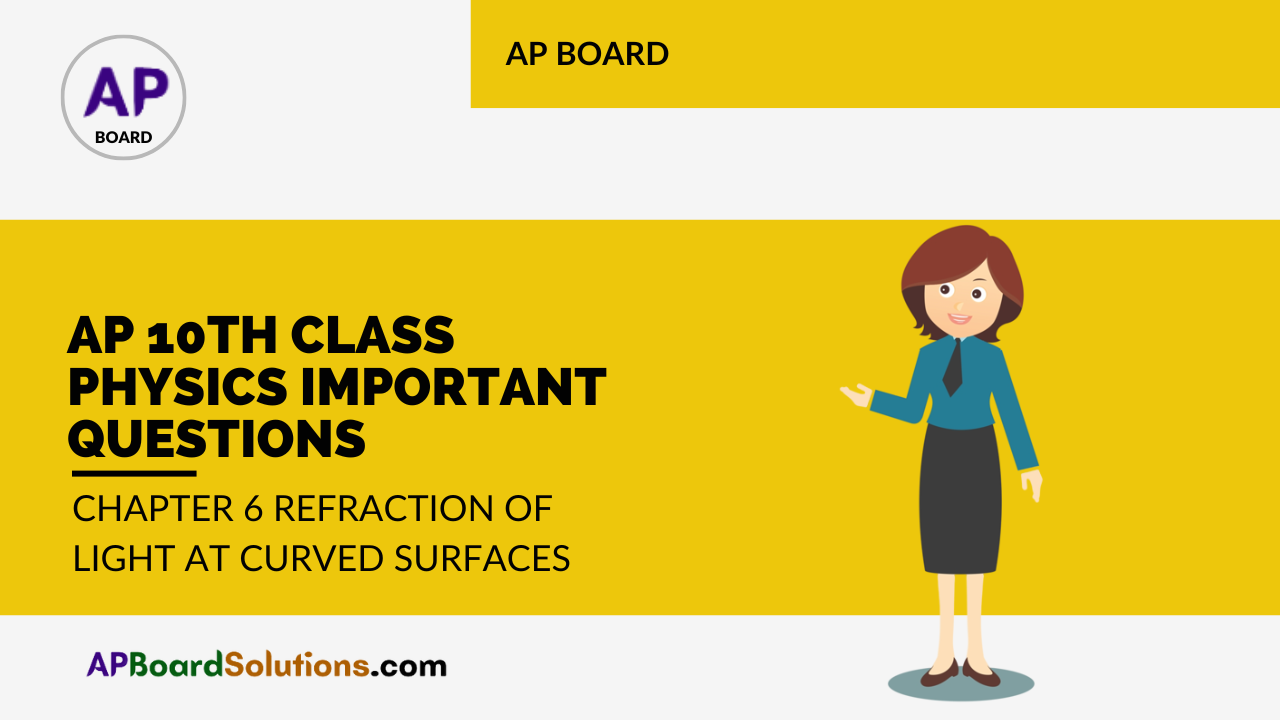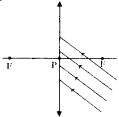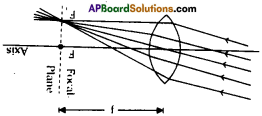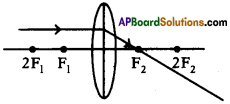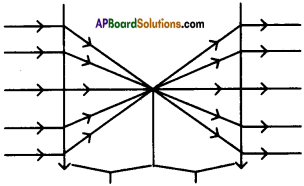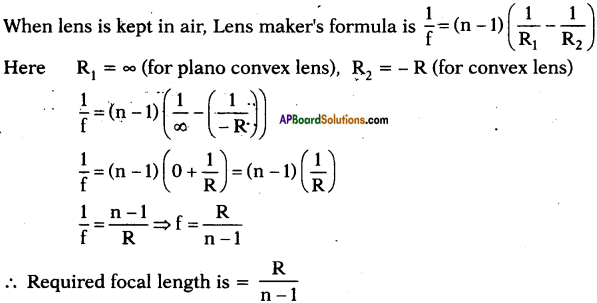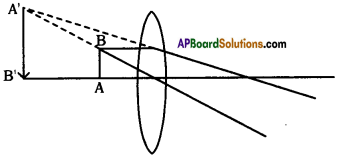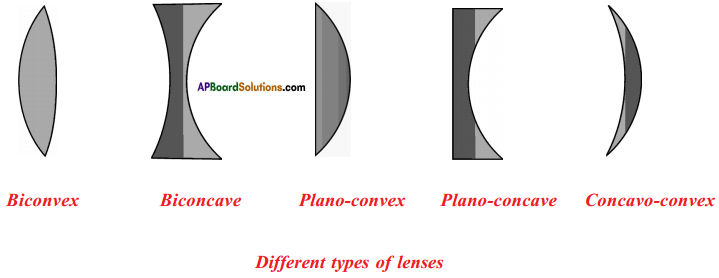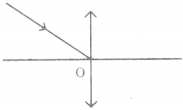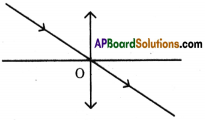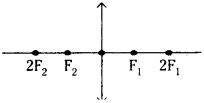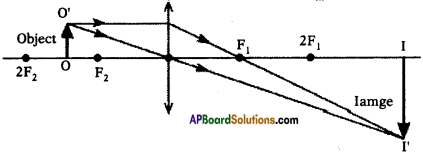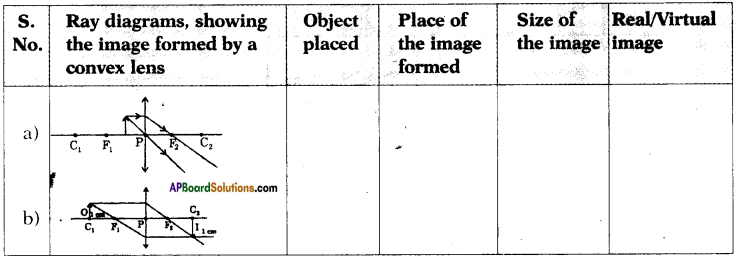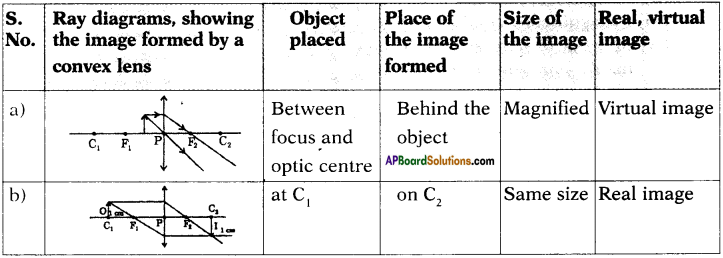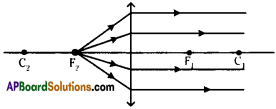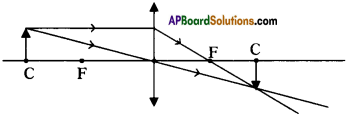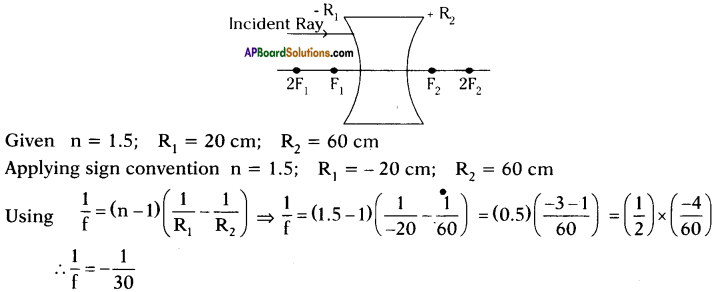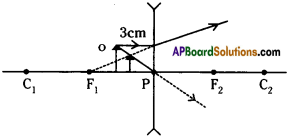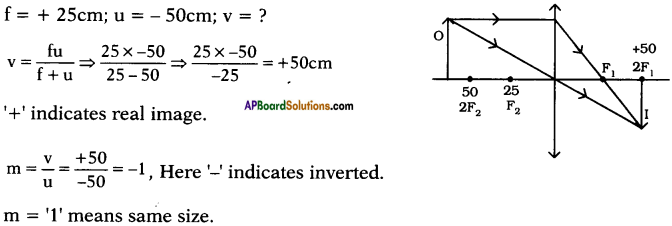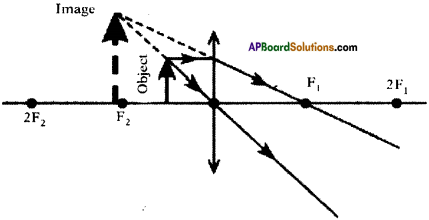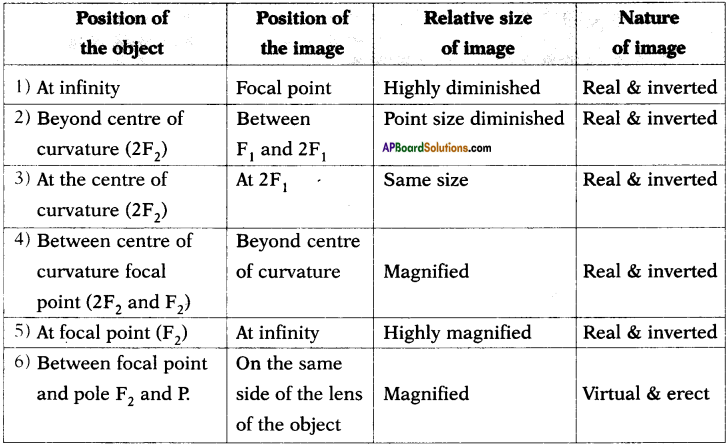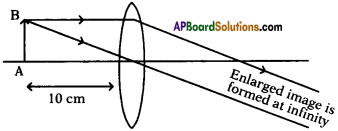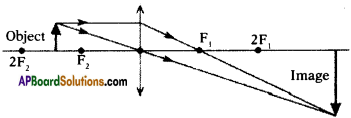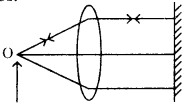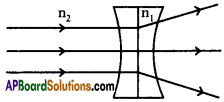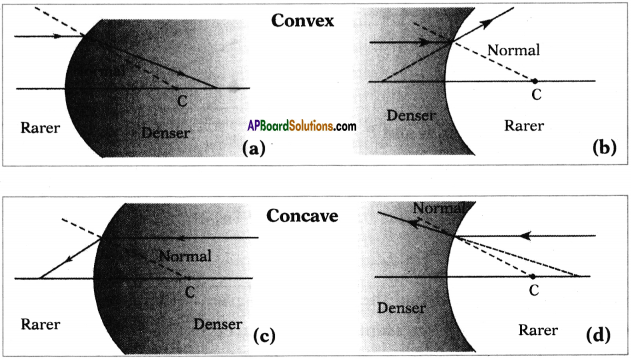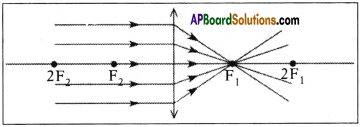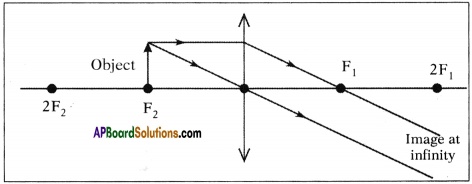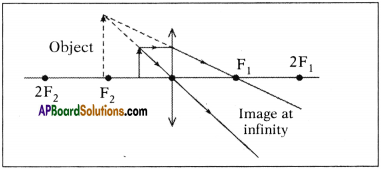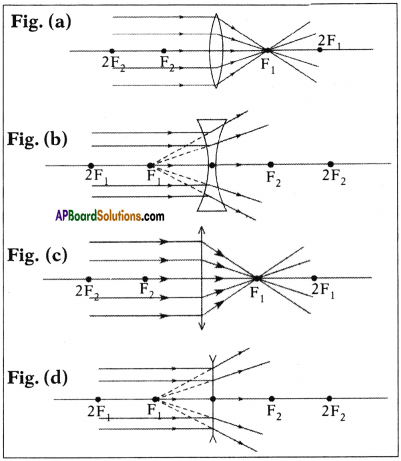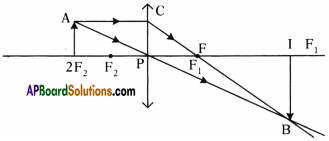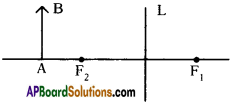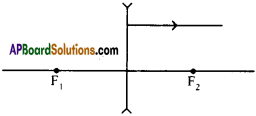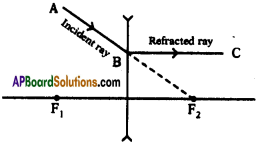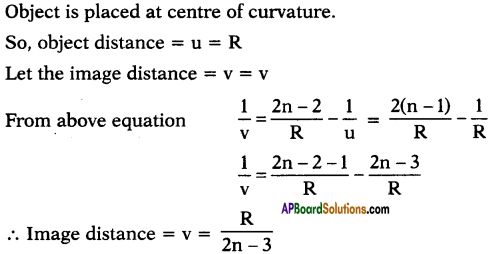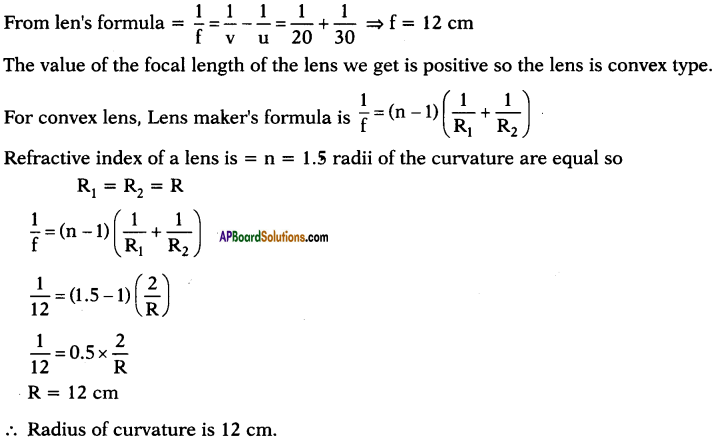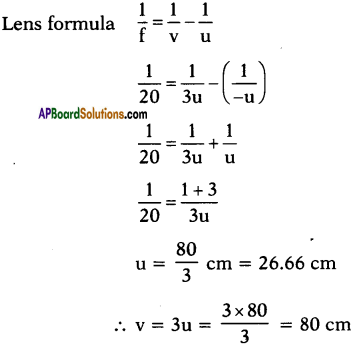These AP 9th Class Biology Important Questions 5th Lesson Diversity in Living Organism will help students prepare well for the exams.
AP State Syllabus 9th Class Biology 5th Lesson Important Questions and Answers Diversity in Living Organism
9th Class Biology 5th Lesson Diversity in Living Organism 1 Mark Important Questions and Answers
Question 1.
How are living things classified?
Answer:
- Living things are classified on the basis of their body designs.
- Living things are classified on the basis of dissimilarities and similarities.
Question 2.
What are the uses of Arthropod animals?
Answer:
Arthropods help in pollination, honey collection, silk industry, and in preparation of Lac.
![]()
Question 3.
What is biodiversity?
Answer:
The variety of animals and plants living in a given geographical area is called biodiversity of that geographical area.
Question 4.
Who coined the term bio-diversity?
Answer:
Walter. G. Rosen
Question 5.
What is the need for system of classification?
Answer:
To make the study of plants and animals easier.
Question 6.
What are variations?
Answer:
Differences exhibited by organisms of the same species.
Question 7.
What is fauna?
Answer:
A collection of various animal groups in a particular geographical area is called fauna.
Question 8.
What is flora?
Answer:
A collection of various plant groups in a particular geographical area is called flora.
Question 9.
What are viviparous animals?
Answer:
Animals giving birth to young ones are called viviparous animals.
![]()
Question 10.
What is a notochord?
Answer:
A long flexible shaped supporting structure that runs along the back of the animal separating the nervous tissue from the gut.
Question 11.
What is species?
Answer:
Species is defined as a dynamic group of organisms, which resemble each other in all essential aspects, i.e structure and function, and interbreed to produce fertile young ones of their own kind.
Question 12.
What are cotyledons?
Answer:
Plant embryos in seeds are called cotyledons.
Question 13.
Name two mammals that lay eggs.
Answer:
Platypus, Echidna.
Question 14.
Who wrote the book “The origin of species”?
Answer:
Charles Darwin.
Question 15.
Which division is called the amphibian of plant kingdom?
Answer:
Bryophyte.
Question 16.
What is evolution?
Answer:
The life forms that exist today have raisen because of changes in their body design over a course of time to adapt themselves in the changing conditions. This is called evolution.
![]()
Question 17.
Name two animals that live in water.
Answer:
Whale, Platypus, Dolphins, etc.
Question 18.
Which type of leaf venation do you find in monocots?
Answer:
Parallel leaf venation
Question 19.
How many cotyledons are present in the embryo of groundnut?
Answer:
Two cotyledons.
Question 20.
Which type of root system do you find in monocot plants?
Answer:
Fibrous Root system.
Question 21.
Define classification.
Answer:
Classification is the systematic study of organisms present in nature with respect to their evolution.
Question 22.
Who wrote the book “Vrikshayurveda”?
Answer:
Parasara
Question 23.
According to 5 kingdom classification, to which kingdom ‘Paramecium’ belongs?
Answer:
Protista.
Question 24.
Organisms that do not have a membrane bound nucleus are called?
Answer:
Prokaryotes
![]()
Question 25.
Cell wall of bacteria is made of?
Answer:
Peptidoglycon
Question 26.
Give two examples of Gymnosperms.
Answer:
Cycas, Pine
Question 27.
To which phylum octopus belong?
Answer:
Mollusca
Question 28.
Name the phylum that Tapeworm belongs to.
Answer:
Platyhelminthes
Question 29.
Name the phylum that spider belongs to.
Answer:
Arthropoda
Question 30.
Name the phylum that Hydra belongs to.
Answer:
Cnidaria
Question 31.
Name the phylum StarFish belongs to.
Answer:
Echinodermata
![]()
Question 32.
Which plants have flowers as their reproductive organs?
Answer:
Angiosperms
Question 33.
In which phylum, exoskeleton of feathers, lay eggs outside the water is seen and flight is possible is seen in?
Answer:
In Aves
Question 34.
Who proposed 5 kingdom classification?
Answer:
Whittaker
Question 35.
Name two bryophytes of Plantae.
Answer:
Moss and Riccia
Question 36.
Phanerogams bearing naked seeds are called?
Answer:
Gymnos perms
Question 37.
Give two examples of Gymnosperms.
Answer:
Pines, cycas and deodar.
Question 38.
Which root system present in dicots?
Answer:
Tap root system.
![]()
Question 39.
Scorpions, spiders belongs to which phylum?
Answer:
Arthropoda
Question 40.
What is genus?
Answer:
A genus is a group of related species.
Question 41.
Canal system can be seen in?
Answer:
Sponges
Question 42.
In which phylum water vascular system can be seen?
Answer:
Echinodermata
Question 43.
Name the phylum of the following organisms whose exclusive characteristics are given below (a) Hallow bones (b) Soft body, Muscular marine animal.
Answer:
a) Aves
b) Mollusca
Question 44.
Name the respiratory organs present in Pisces.
Answer:
Gills
![]()
Question 45.
Warm blooded, external ear, heart is four Chambered. In which phylum these characters are exclusively present?
Answer:
Mammals
Question 46.
Name the phylum that sponges belongs to.
Answer:
Porifera
9th Class Biology 5th Lesson Diversity in Living Organism 2 Marks Important Questions and Answers
Question 1.
What are the contributions of Indian scientists towards classification in ancient India?
Answer:
- In India classification had been the basis of studies in Medicines and dates back to first and second century A.D.
- Charaka and Sushrut had classified plants on the basis of their medical importance.
- Parasara in his book ‘Vrikshayurveda’ documented the classification system for several land plants for the first time.
- This classification mainly deals with the structure of the flowers.
Question 2.
Name the five kingdoms of living organisms classified by Whittaker.
Answer:
The five kingdoms are :
- Kingdom Monera
- Kingdom Protista
- Kingdom Plantae
- Kingdom Fungi
- Kingdom Animalia
Question 3.
What are the major groups of moneran organisms?
Answer:
Three major groups of organisms come under this group. They are :
1. Archaebacteria :
Ancient bacteria, some species found in hot springs.
2. Eubacteria :
eg : Streptococcus, Rhizobium, e.coli.
3. Cyanobacteria :
Green bacteria.
![]()
Question 4.
What are the characteristic features of plants?
Answer:
- Plants are diverse in nature.
- Plant body is divided into root, stem, leaves.
- They are multicellular, eukaryotic with cell walls.
- They are usually autotrophs and use mainly chlorophyll for photosynthesis.
Question 5.
What is nomen Clature? Who proposed it?
Answer:
- Naming of oranisms with a distinctive scientific name is called nomenclature.
- Nomen clature rovides a uniform way of identification of the vast diversity of life around us.
- Carl Linneaus introduced Binomial nomenclature by which an organism is named by two words a generic name and a specific name.
Question 6.
What are the salient features of Phylum Coelenterata? Give examples.
Answer:

- These are aquatic forms.
- Cavity is present inside the body.
- The body is made up of two layers (diploblastic).
- Some live in colonies like the corals that are tiny, while others like hydra, jellyfish, and sea anemons are common examples.
Question 7.
What are the characteristic features of Phylum Nematoda? Give examples.
Answer:

- The body of nematoda is cylindrical, bilaterally symmetrical, and triploblastic.
- There are tissues but no real organs.
- Pseudocoelom is present.
- These are parasitic worms causing elephantiasis (filarial worms) or the worms in the intestines (roundworm).
Question 8.
What are the salient features of Mollusca? Give examples.
Answer:

- Animals are bilaterally symmetrical, body cavity or coelomic cavity is reduced.
- There is little segmentation.
- They have open circulatory system and kidney like organs for excretion.
- There is a foot for moving around. Examples are snails and mussels.
Question 9.
What are the differences between spores and seeds?
Answer:
| Spores | Seeds |
| 1. Spores contain very little food. | 1. Seeds store lot of food. |
| 2. Spores are produced from sporangium. | 2. Seeds are produced from ovules of flowers. |
Question 10.
What are the differences between Gymnosperms and Angiosperins?
Answer:
| Gymnosperms | Angiosperms |
| 1. Seeds are not enclosed in fruits. | 1. Seeds are enclosed in fruits. |
| 2. The ovules are not contained within an ovary. Eg. : Pinus, Cycas |
2. Ovules are enclosed within an ovary. Eg. : Mango. Apple etc. |
Question 11.
What are the differences between Poriferan animals and Coelenterate animals?
Answer:
| Porifera animals | Coelenterate animals |
| 1. Cellular level of organisation. | 1. Tissue level of organisation. |
| 2. Body design shows minimal differentiation. | 2. Body design shows some body differentiation. |
Question 12.
Give two points of differentiation of Phylum Annelida, Arthropoda, and Mollusca.
Answer:
| Annelida | Arthropoda | Mollusca |
| 1. Segmented with paired appendages. | Segmented with jointed legs. | Little segmentation without appendages. |
| 2. Excretion by nephridia. | Excretion by Coelomoducts, malphigian tubules. | Excretion by metanephridium or kidney. |
Question 13.
What are the salient features of Aves? Give examples.
Answer:

- The body is covered with feathers.
- They are warm blooded animals.
- Heart is four chambered.
- They lay eggs. Claws on their toes are present.
Eg : Birds.
Question 14.
What are the characteristics that possessed by Chordates?
Answer:
All chordates possess the following features :
- Have a notochord
- Have a dorsal nerve cord
- Are triploblastic
- Have paired gill pouches
- Are coelomate.
![]()
Question 15.
Write briefly about the vertebrates.
Answer:
- Vertebrates have a true vertebral column and internal skeleton.
- Skeleton allowing a completely different distribution of muscle attachment points to be used for movement.
- Vertebrates are bilaterally symmetrical, triploblastic coelomic, and segmented.
- Vertebrates have complex differentiation of body tissue and organs.
Question 16.
Wrrite briefly about the division of phylum chordate.
Answer:
- Some biologists divide phylum chordata into three subphyla viz.,
1. Urochordata
2. Cephalochordata
3. Vertebrata. - Subphylum Hemichordata is now treated as phylum Hemichordata.
- But the International Biological Society (IBS) is given approval to most recent classification of Cavallier and Smith in the year 2004.
Question 17.
What are the three criteria on which Whittaker based his system of classification?
Answer:
a) Complexity of cell structure
b) Body organisation
c ) Modes of nutrition
Question 18.
Give the characteristics of ’Aves’.
Answer:
a) Body i.e., covered with feathers.
b) Beak is present, teeth absent
c) Forelimbs modified for flying
d) Hollow bones for flying and streamlined body.
Question 19.
Give any two characters of Echinodermata.
Answer:
a) These are spiny skinned organisms.
b) Exclusively marine animals.
c) Water vascular system is present.
d) They have hard calcium carbonate structures that they use as a skeleton.
Question 20.
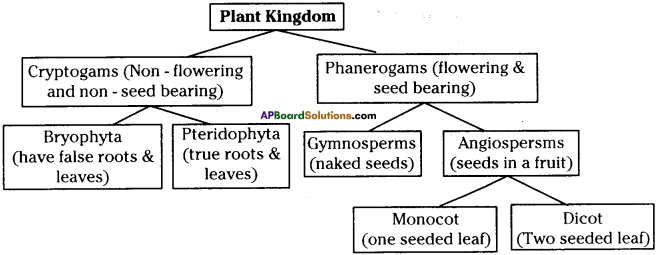
Now answer the following questions.
a) In which group plants having false roots and leaves?
b) In which group naked seeds bearing plants are included?
Answer:
a) Bryophyta
b) Gymnosperms
Read the above flow chart and answer the following questions.
i) What are the two major branches of plant kingdom?
ii) Name the group of plants that have false roots and leaves.
iii) What do you mean by angiosperms?
iv) What is the difference between the monocots and dicots?
Answer:
i) Cryptogams and phanerogams
ii) Bryophyta
iii) Plants with seed coat or embeded in fruit.
iv) Monocots have single Cotyledon where dicots with two Cotyledon
![]()
Question 21.
What are the conventions followed for writing the scientific names?
Answer:
- The name of the genus begins with a capital letter.
- The name of the species begins with a small letter.
Example : Naja naja, Pila globosa
Question 22.
What are the major divisions in the plantae? What is the basis for these divisions?
Answer:
| Division | Basis for classification |
| 1) Algae | Thallus like body |
| 2) Bryophyta | Body divided into leaf and stem |
| 3) Pteridophyta | Body is divided into root, stem, and leaf |
| 4) Gymnosperm | Seed bearing naked seeds |
| 5) Angio sperm | Seed covered |
Question 23.
Write similarities between plants and animals.
Answer:
- Both are made up of cells and tissues.
- Both contain protoplasm and the genetic material DNA
- Both plants and animals show growth.
- Both show response to external stimuli.
- Both plants and animals reproduce and pass their characters to the off-spring by the same mechanism.
9th Class Biology 5th Lesson Diversity in Living Organism 4 Marks Important Questions and Answers
Question 1.
What is biological diversity, classification, taxonomy, and variation?
Answer:
Biological diversity :
Bio-diversity is the diversity within the species, between the species, and of ecosystems.
Classification :
Classification in biology is the systematic study of organism present in nature with respect to their evolution.
Taxonomy :
The process of organizing plants and animals into different groups that * show their natural relationships.
Variation :
The presence of differences between organisms of the same species.
Question 2.
What is the relationship between classification and evolution?
Answer:
- All living things are identified and categorized on the basis of their structure and function.
- Some characteristics are likely to make more wide ranging changes in the body design than others.
- Characteristics that came into existence earlier are likely to be more basic than characteristics that have came into existence later.
- This means classification of life forms are closely related to their evolution.
- Evolution is the process of acquiring change.
- Charles Darwin first wrote about evolution in his book “The origin of species” in 1859.
- We many say that older organisms are simpler as compared to the younger.
- That is why evolution and classification has close relationship.
Question 3.
Write about classification of Carl Linneaus.
Answer:
- In 1758, Carl Linneaus proposed a system that has dominated classification for centuries.
- Linneaus gave each organism two names denoting genus and species.
- He grouped genera into families, families into orders, orders into classes, classes into Phyla, and Phyla into kingdoms.
- Linneaus identified two kingdoms. Animalia (animals) and Plantae (plants).
- Linneaus classified organisms on the basis of the similarities and differences.
![]()
Question 4.
What is the classification suggested by Woese et al?
Answer:
- Woese et al classified organisms into three groups namely Archaea, the Bacteria, and the Eukarya.
- Archaea and Bacteria are prokaryotic cells.
- The cell walls of Bacteria contain a fat like chemical peptidoglycan.
- Eukarya have Eukaryotic cells.
- All cells came from a common ancester cell called Last Universal Common Ancestor (LUCA).
- These LUCA eventually evolved into three domains namely Archaea, Bacteria, and – Eukarya.
Question 5.
What is the Hierarchy of classification?
Answer:
- Ernest Haeckel (1894), Robert Whittaker (1959) and Carl Woese (1977) have tried to classify all living organisms into broad categories called kingdoms.
- The classification of Whittaker proposed five kingdoms.
- These five kingdoms are formed on the basis of their cell structure, mode and source of nutrition and body organisation.
- Further classification is done by naming the sub groups at various levels as given in the following scheme.
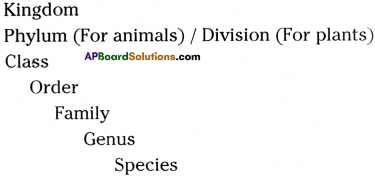
- Thus, by separating organisms on the basis of hierarchy of characteristics into smaller and smaller groups. We arrive at the basic unit of classification on which is a species.
- A species includes all organisms that are similar in structure enough to breed and perpetuate.
Question 6.
What are the characteristic features of Monera? Give examples.
Answer:
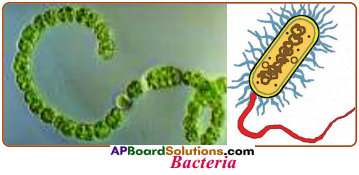
- Organisms are unicellular; Prokaryotic.
- Reproduce by splitting into two.
- Absorb nutrients from outside their bodies.
- They move with the help of locomotory organs like Flagella, Cilia or hair like struc¬tures present on them.
- Some monerans cause diseases, but others are helpful to people Ex : Bacteria.
Question 7.
What are the salient features of protista?
Answer:
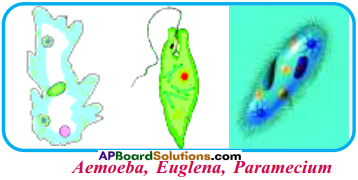
- Most of them are unicellular, some may have many cells.
- Cells have a membrane around the nucleus.
- Some get nutrients and energy by eating other organisms and some get energy from Sun and water around them.
- They live either solitary or in a colony and some have cell organells present inside the cell.
- Most of the protists reproduce by splitting in two examples are paramecium, amoeba, algae, kelp etc.
Question 8.
What are the characteristic features of Fungi?
Answer:
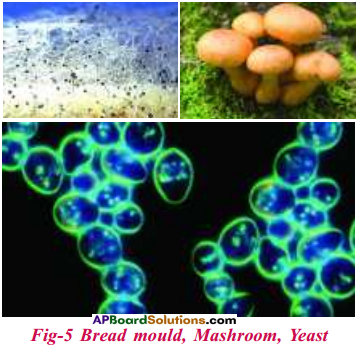
- Most of fungi are multicellular and some are unicellular.
- Eukaryotes with well defined prominent head.
- Get nutrients and energy by absorbing/ digesting the surface they live on through root like structures.
- Fungi reproduce by spore. Ex : Yeast, Mushrooms, Breadmoulds, and Lichens.
Question 9.
What are the characteristic features of porifera?
Answer:

- The word porifera means organisms with holes.
- These are non motile animals attached to some solid support.
- There are holes or pores all over the body.
- Pores lead to a canal system which circulate water throughout the body.
- These animals are covered with a hard outside layer or skeleton.
- They are commonly called sponges and found in marine habitats.
Examples : Euplectelea, Sycon, Spongilla.
Question 10.
Write a flow chart for plant kingdom.
Answer:
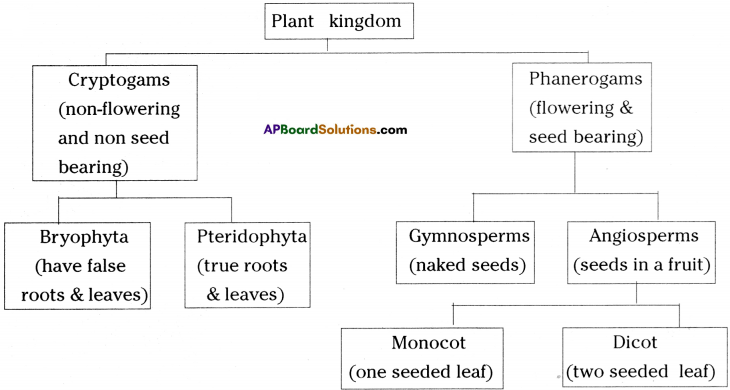
Question 11.
What are the characteristic features of Platyhelminthes?
Answer:
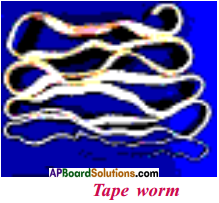
- The body is bilaterally symmetrical and triploblastic.
- There is some degree of tissue formation.
- There is no true internal body cavity or coelom.
- The body is flattend dorsiventrally, that is why these animals are called flat worms.
- They are either free living or parasitic.
- Examples of free living are planarians and parasitic animals like liver flukes and tape worms.
Question 12.
What are the salient features of Phylum Annelida. Give examples.
Answer:

- Annelid animals are bilaterally symmetrical, segmented, triploblastic and coelomate.
- There is extensive organ differentiation in a segmental fashion with the segments lined up one after the other from head to tail.
- These animals are found in fresh water, marine water as well as land.
Examples : Earthworms and Leeches.
Question 13.
What are the characteristic features of Arthropods? Give examples.
Answer:

- Arthropoda is the largest group of animals.
- These animals are bilaterally symmetrical and segmented.
- Open type of circulatory system is present. The coelomic cavity is filled with blood.
- They have jointed legs.
- Examples are prawns, butterflies, cockroaches houseflies, spiders, scorpions and crabs.
Question 14.
What are the characteristic features of Echinodermata? Give examples.
Answer:

- Echinoderms are spiny skinned organisms.
- They are exclusively free living marine animals.
- They are triploblastic and have a coelomic cavity.
- They also have a peculiar water driven tube system for moving around.
- Echinoderms have hard calcium carbonate structures that they use as a skeleton. Examples are starfish and sea urchines.
Question 15.
What are the salient features of protochordata?
Answer:

- Protochordates are bilaterally symmetrical, triploblastic, and have a coelom.
- Notochord present at some stages during their lives.
- The notochord is a long rod like support struc¬ture that runs along the back of the animal separating the nervous tissue from the gut.
- Notochord provides a place for muscles to attach for ease of movement.
- Protochordates are marine animals.
Examples : Balanoglossus, Herdmania and Amphioxus.
Question 16.
What are the characteristic features of fishes?
Answer:

- Fishes have fins and tails. Aquatic vertebrates.
- Skin is generally covered with scales.
- They are cold blooded animals.
- Fishes breath with gills.
- They lay eggs in the water.
- Two chambered heart is present.
- First vertebrates to have vertebral column.
Question 17.
What are the characteristic features of Amphibians?
Answer:
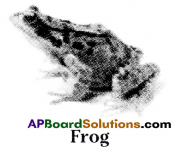
- Young live in water but adults live on land.
- Skin lacks scales and is smooth and slimy.
- They lay eggs in water and cold blooded animals.
- First vertebrates can live both in water and land.
- They have three chambered heart.
- They lack claws on their toes.
- Hibernate during winter and aestivate during summer.
Eg : Frogs, Toads, Salamanders.
Question 18.
What are the characteristic features of reptiles? Give examples.
Answer:
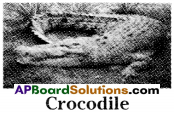
- The skin is dry and covered with scales.
- They are cold blooded animals.
- Most of them have three chambered heart but crocodile have four heart chambers.
- They are egg laying animals.
- Crocodiles have claws on their toes.
Eg. : Crocodiles, Aligators, Snakes. Lizards.
Question 19.
What are the characteristic features of mammals? Give examples.
Answer:

- Skin covered by hair/fur.
- Feed babies with milk.
- Most of them have sweat glands and mammary glands.
- Different types of teeth are present.
- They give birth to fully formed young ones.
Eg : Bats, Monkeys, Humans, Kangaroos etc.
Question 20.
Write the differences between non-chordata and chordata.
Answer:
| Non – chordata | Chordata |
| 1) Vertebral column is absent. | 1) Vertebral column is present. |
| 2) Central nervous system is solid and ventral. | 2) It is hollow and dorsal. |
| 3) If heart is present, it is dorsal. | 3) Heart is ventral. |
| 4) Haemoglobin, if present is dissolvedin plasma. | 4) Haemoglobin is present in the red bloodcorpuscles. |
| 5) The Anus is posterior so no post analtail. Eg : Annelida, Arthropoda |
5) A post anal tail is present. Eg : Aves, Reptilia |
Question 21.
Draw a labelled diagram of bacteria. Add a note on its characteristics.
Answer:

Characteristics of bacteria :
a) One celled organism
b) No membrane bound nucleus
c) Reproduce by binary fission
d) Locomotion is by Flagella
e) Nutrition is by absorption
Question 22.
Identify the phylum for the following characteristics given.
a) Organisms with joint appendages
b) Hollow bones and stream lined body
c) Gills in larva, lungs in most adults, slimy skin
d) Exoskeleton of hair, external ears, mostly giving birth to live young.
Answer:
a) Arthropoda
b) Aves
c) Amphibian
d) Mammals
Question 23.
Fill up the flow chart.
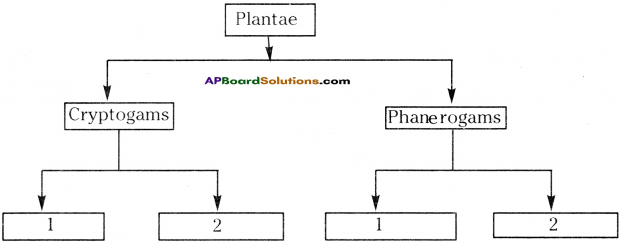
Answer:
![]()
9th Class Biology 5th Lesson Diversity in Living Organism Important Questions and Answers
Question 1.
Why there is a need for classification of organisms?
Answer:
- Classification gives a better knowledge and understanding of organisms under study.
- It helps to study the organisms in a proper and systematic manner.
- It helps to make comparison in an easier way.
- It helps in understanding the relationship among the organisms and their interdependence.
- Classification makes our study more focussed and helps us to handle huge population of organisms.
- It gives us an idea about evolution.
Question 2.
Hasith went for an educational trip and collected some plants and animals. He is preparing a report on “Different organisms an** their Habitat’. Help him in the grouping of organisms by completing the table below.
| Plant/animal | Group/order |
| Earthworm | |
| Star fish | |
| Scorpion | |
| Snail | |
| Moss | |
| Mango | |
| Paddy | |
| Coconut |
Answer:
| Plant/animal | Group/order |
| Earthworm | Annelida |
| Star fish | Echinodermata |
| Scorpion | Arthropoda |
| Snail | Mollusca |
| Moss | Bryophyta |
| Mango | Angiosperm – dicot plant |
| Paddy | Angiosperm – monocot plant |
| Coconut | Angiosperm – monocot plant |
Question 3.
Complete the following flow chart and answer the questions.
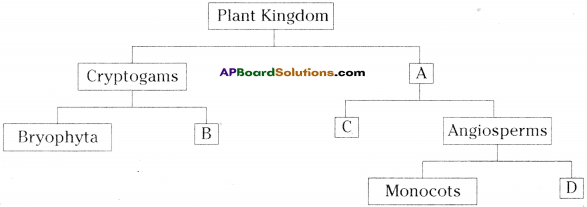
i) In which group of non-flowering plants, true roots and leaves are present?
ii) In which groups of plants seeds are enclosed in fruit?
Answer:
i) A – Flowering plants
B – Pteredophyta
C – Gymnosperms
D – Dicot plants
ii) a) Pteredophyta
b) Angiosperm
Question 4.
Write any four doubts in the classification of organisms.
Answer:
- What is the basis of classification?
- Why should we consider evolution in classification of animals and plants?
- How should we classify the organisms of the same species basing on their variations?
- How should we classify the organisms scientifically?
Question 5.
Draw a dicot plant and label it.
Answer:
Parts :
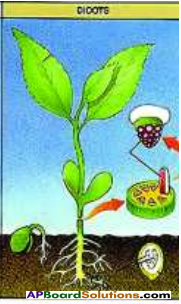
- Tap root system (Root)
- Two cotyledons (Fruit)
- Reticulate venation (Leaf)
Question 6.
To which kingdom do Amoeba, Euglena, Paramoecium belongs to? Why?
Answer:
Amoeba, Euglena and Paramoecium belong to Protista kingdom.
Characters :
- Mostly they are unicellular organisms.
- Cells have a membrane around the nucleus.
- They live either solitary or in a colony.
- Most reproduce by splitting in two (binary fission).
Question 7.
Observe the table and answer the following characteristics of vertebrates.
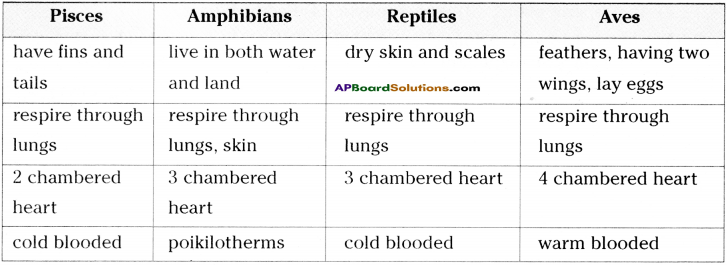
1) Which animals respire through lungs? Give examples.
2) Distinguish between warm blooded and cold blooded animals.
3) Where do we find first limbs in the animals?
4) Write the characteristic features of reptiles.
Answer:
1) Frog, Snake, Pigeon
2) Cold blooded animals change their body temperature according to their surroundings.
Ex : Fish, Frog, Snake. Warm blooded animals do not change their body temperature according to their surroundings.
Ex : Birds and mammals.
3) Amphibians
4) a) Ail are warm blooded animals.
b) They have 4 chambered heart.
c) They respire through lungs.
d) They give birth to fully developed young ones. They feed their babies with milk.
Question 8.
According to the following information answer the following questions.
Answer:
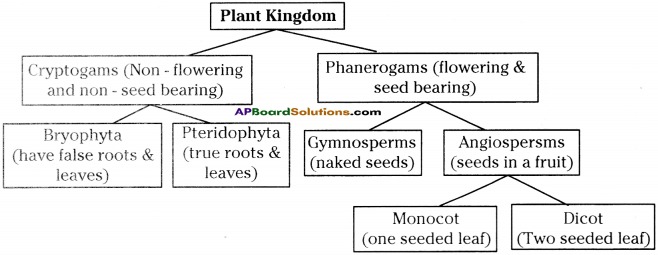
1) On what basis the plants are classified?
2) How do we call the plants that seeds are in fruits?
3) To which plants early root system were formed.
4) Give some examples to monocots.
Answer:
- Basing on flowering/non-flowering and seed bearing/non-seed bearing.
- Angiosperm plants
- Pteredophyta
- Paddy, Wheat
Question 9.
You have observed various characteristics of plants in your school, such as venation, root system and cotyledons, tabulate the details based in observations.

Answer:

Question 10.
Read the following paragraph and answer the given question.
Classification helps us in exploring the diversity of life forms. It is the systematic study of organisms present in nature. Initially the living organisms were classified into two kingdoms, then three kingdoms and then overtime into 5 and 6 kingdoms by different biologists as shown in the table below.
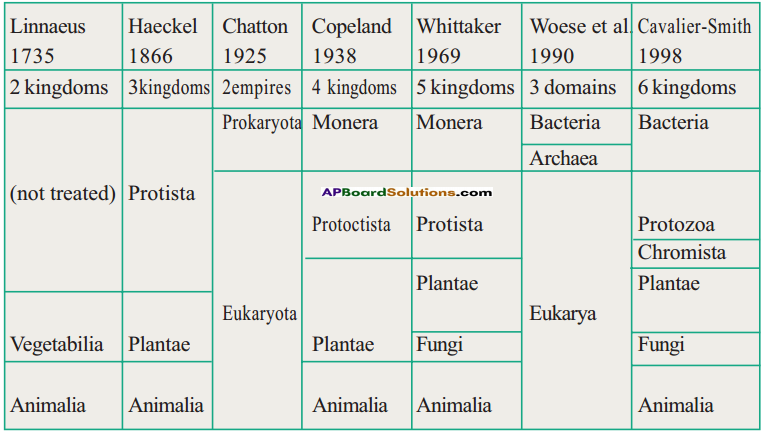
i) What is classification?
ii) What is the use of classification?
iii) Who divided living organisms into five kingdoms?
vi) What are the first two divisions of Cavalier Smith classification?
Answer:
i) Classification is the division of organisms in groups basing on their similarities and diversities.
ii) Classification enables study of organisms in a systematic and easy manner and to understand the concept of evolution
iii) Whittekar
iv) Bacteria and protozoa.
Question 11.
Observe the above pictures and answer the questions.


i) Shown here is a mango. What type of plant is a mango tree depending upon the number of cotyledons?
ii) To which phylum does the star fish belong?
iii) Name the unicellular organisms in the above picture.
iv) What are structures at the lower surface of the fern leaves?
Answer:
i) Dicotyledons
ii) Echinodermata
iii) Amoeba, Paramoecium, Euglena are Unicellular organisms in the above pictures.
iv) Sori




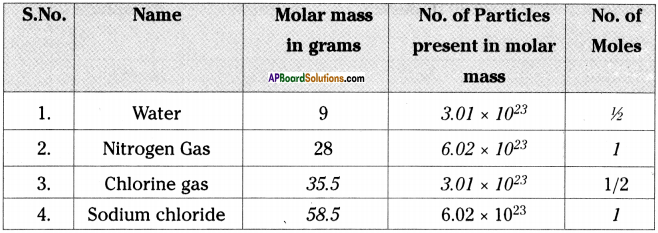


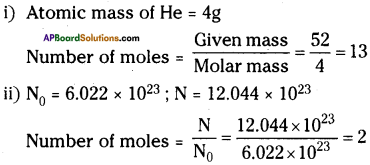

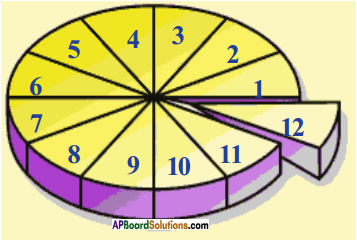

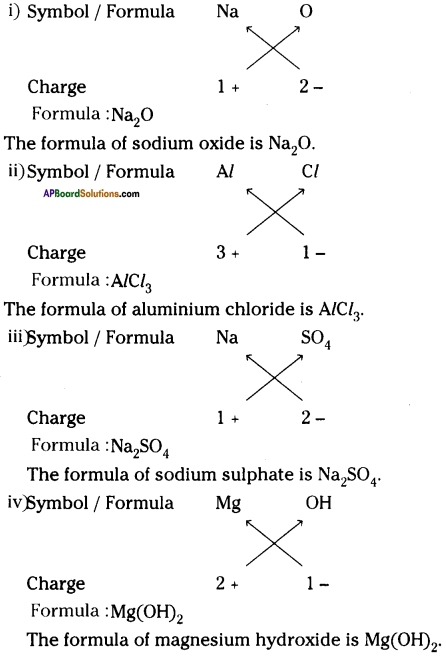

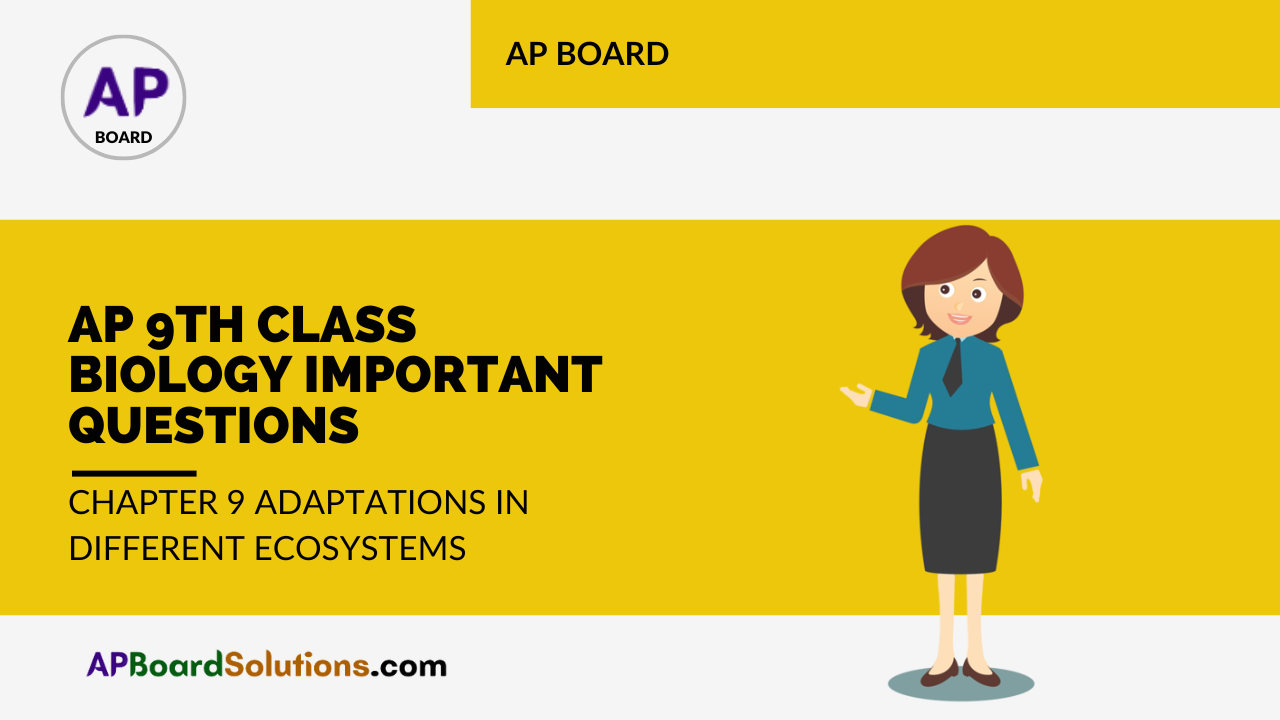
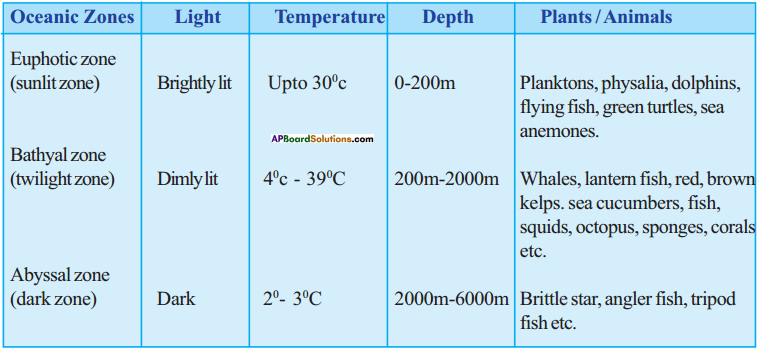
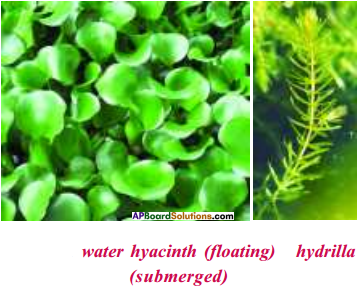
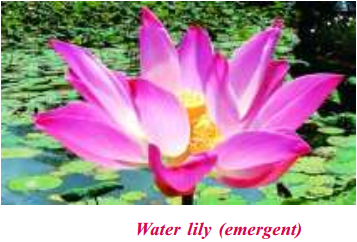


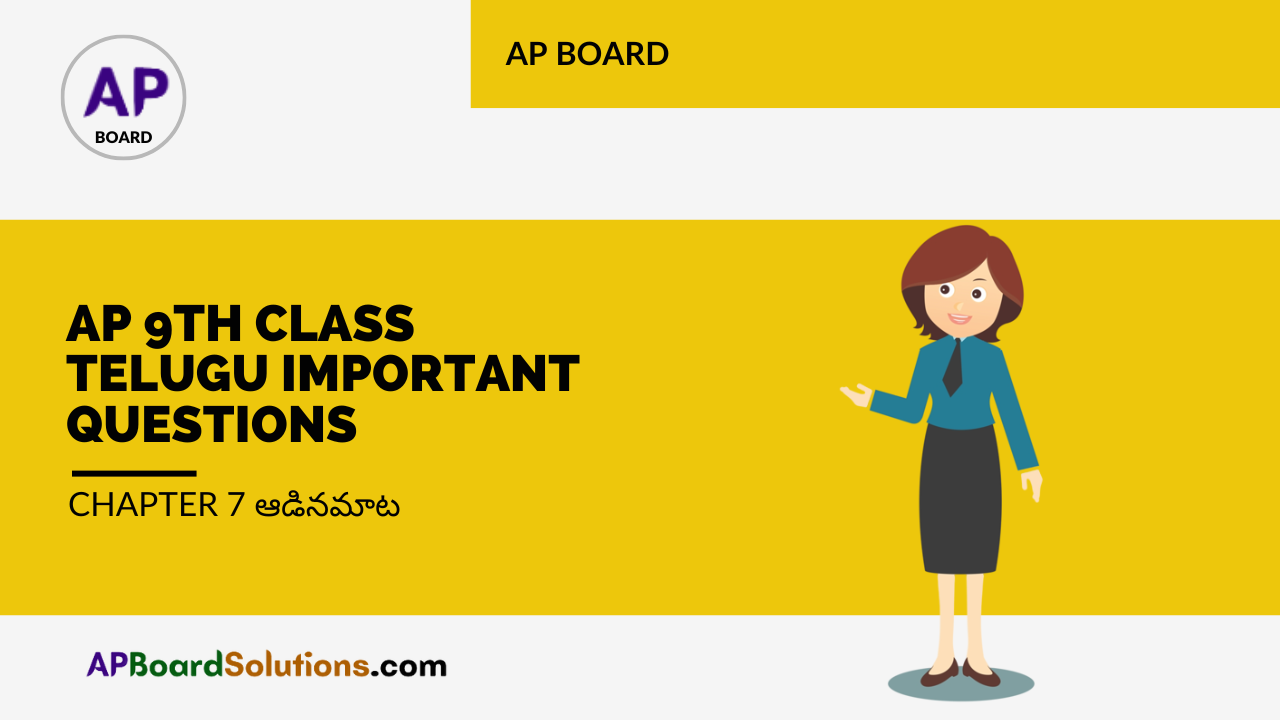


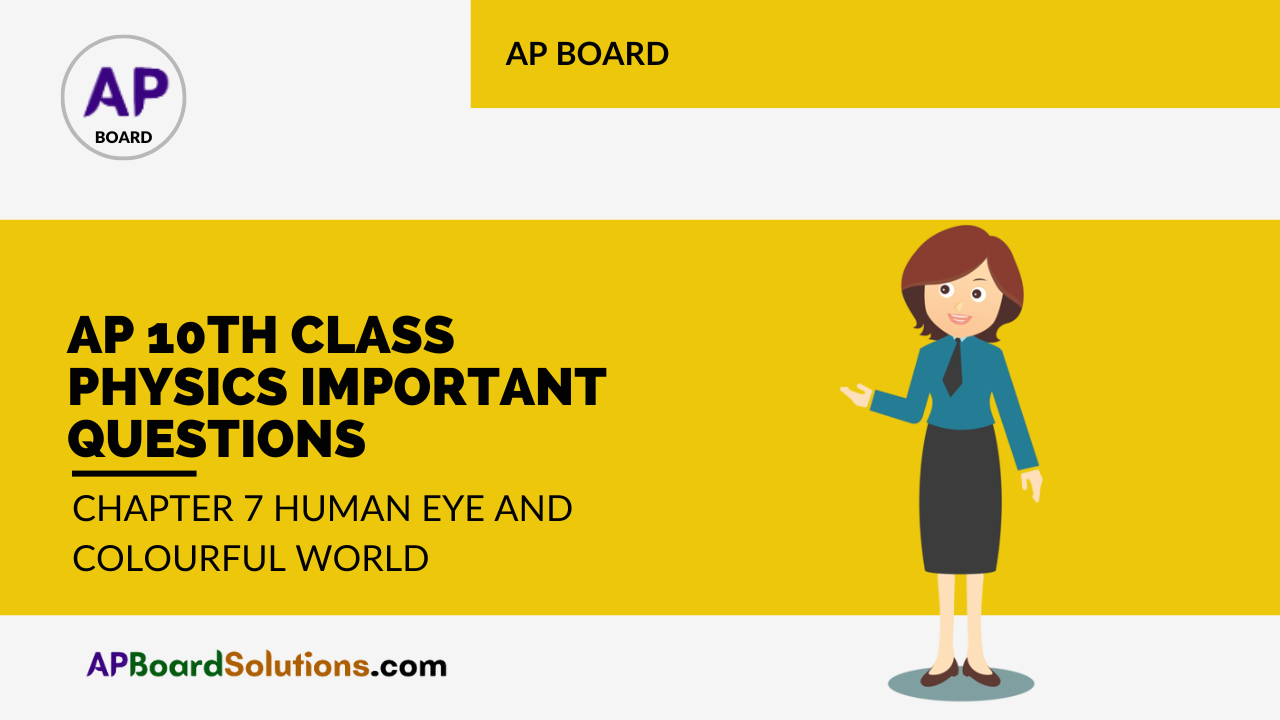
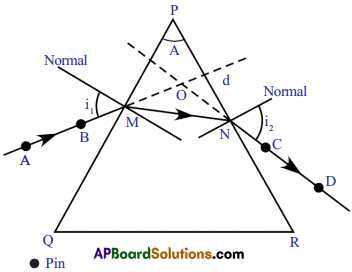





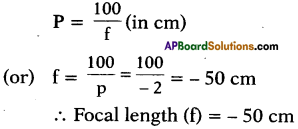

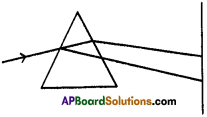

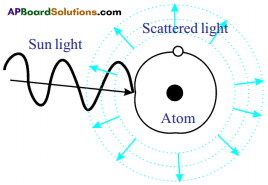

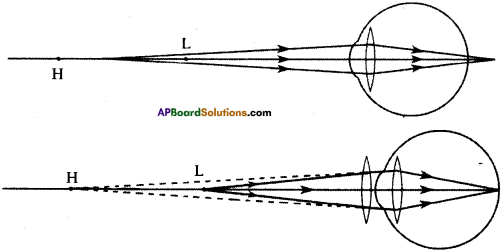





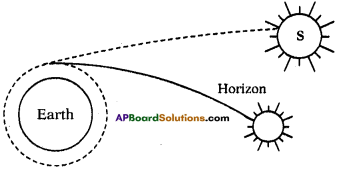
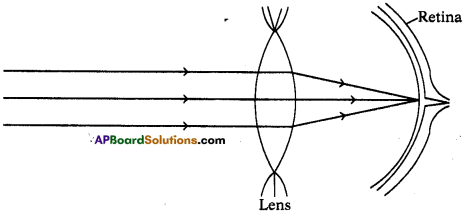
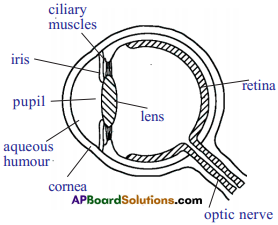
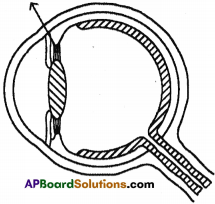
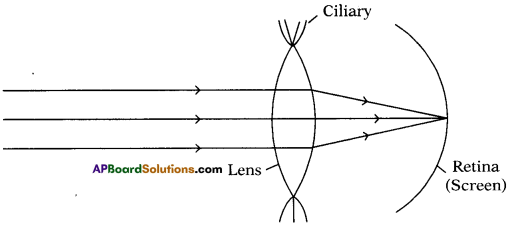


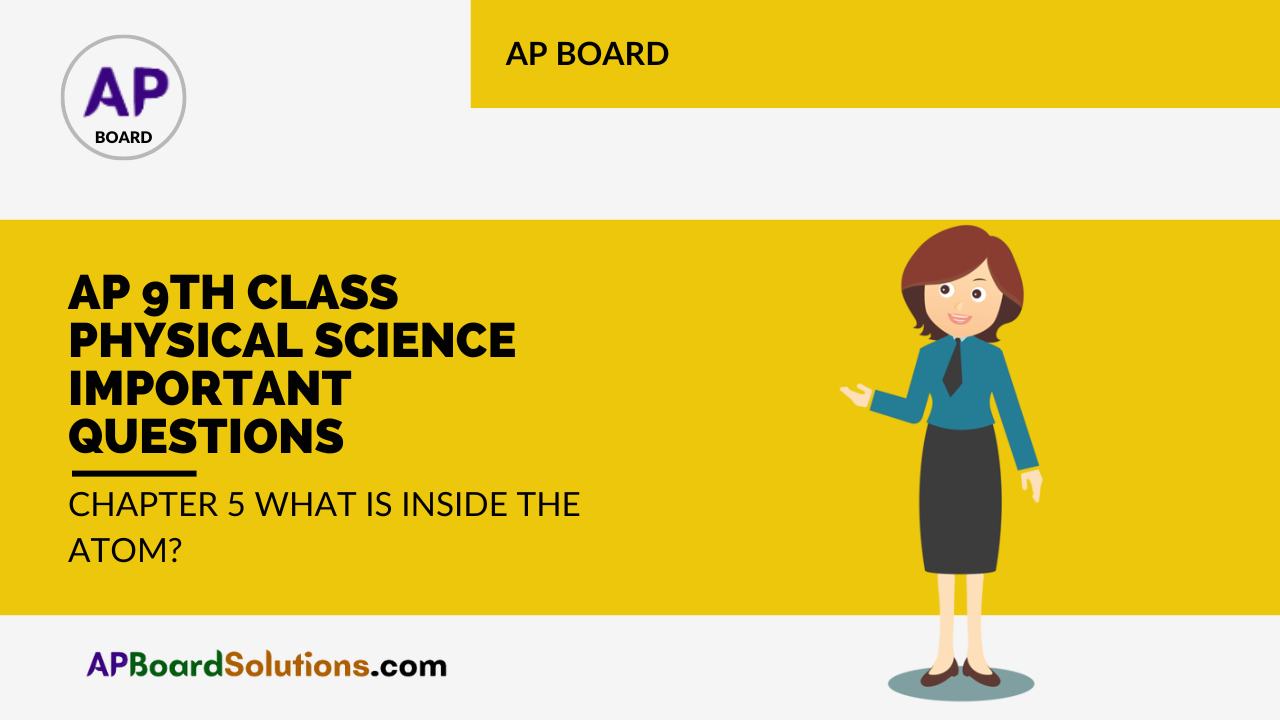







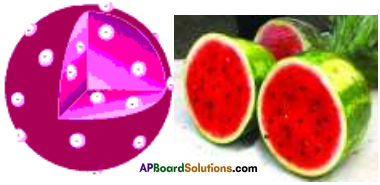



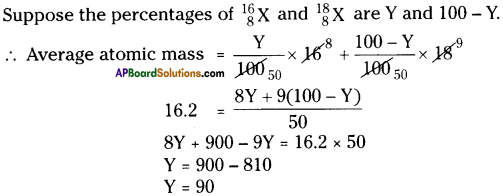




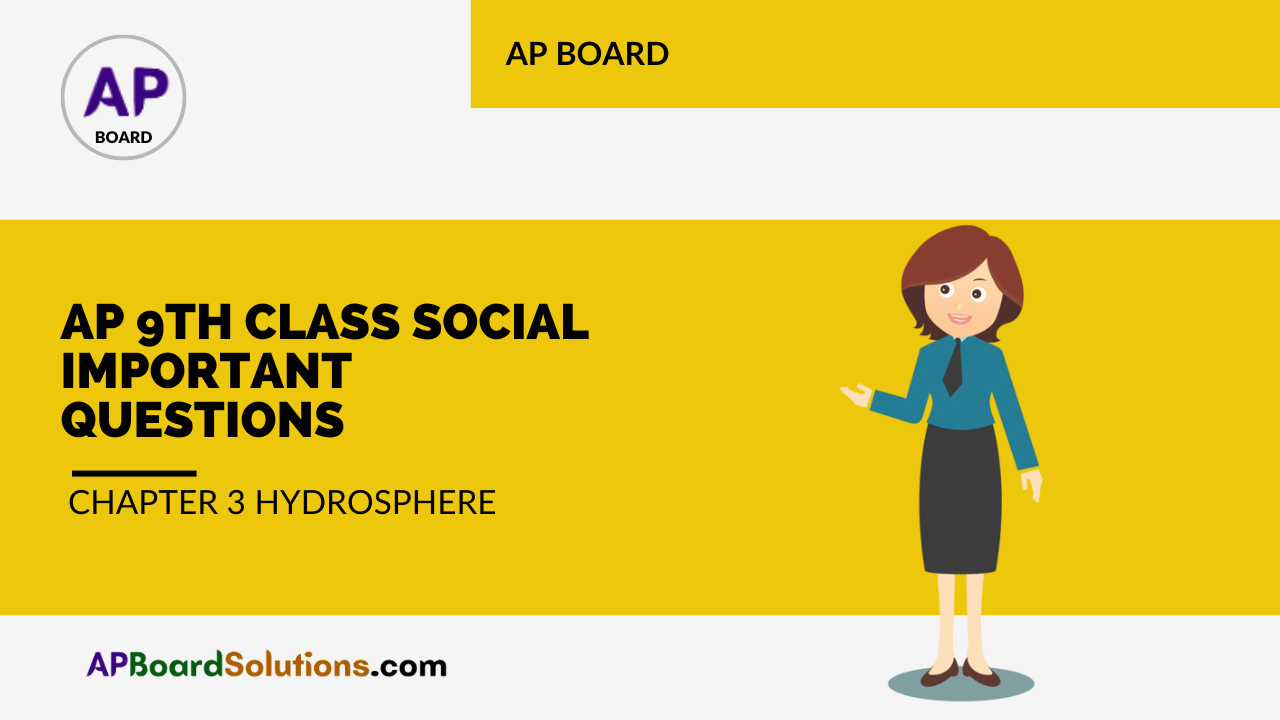
 (SA-I: 2019-20)
(SA-I: 2019-20)